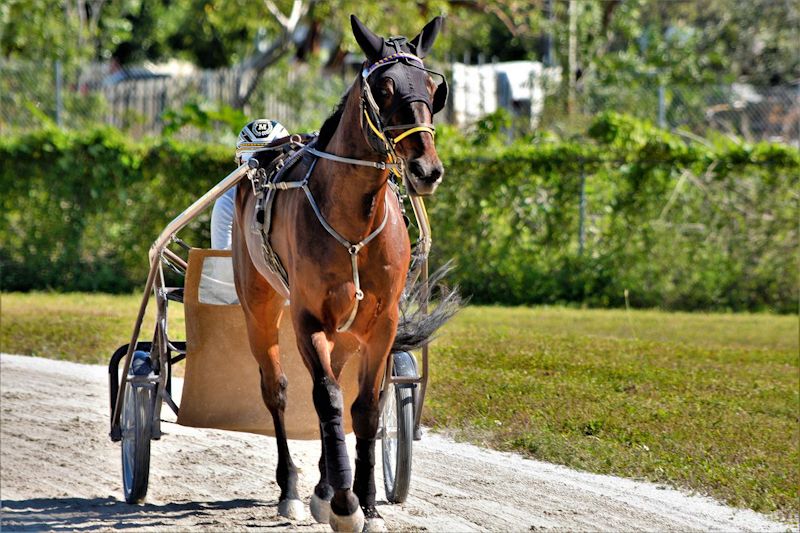
New highway code rules
New Highway Code Rules
At the beginning of the year the Highway Code was updated with new rules. These are to improve the safety of the most vulnerable road users, so we all need to be aware of them. Of course we have to be aware that drivers may not have caught up with the new rules, so caution is always a good idea. It’s not very useful to find yourself on the right side of the rules, but injured because someone else wasn’t aware of the change.
Biggest Changes
The biggest changes have been:
- Creation of a new ‘hierarchy of road users’ that ensures those who can do the greatest harm have the greatest responsibility to reduce the danger or threat they may pose to others.
- Clarify existing rules on pedestrian priority on pavements and crossing the road.
- Provide guidance on safe passing distances and ensuring cyclists and horse riders have priority when travelling straight ahead at junctions.

Hierarchy of road users
This concept has a system to order road users depending on their level of risk. The groups are:
- Pedestrians
- Cyclists, horse riders and drivers of horse drawn vehicles
- Drivers
Rule H1 applies to all road users. This states that it’s important that everyone is aware of the Highway Code, and their responsibility for the safety of others. The rule reminds us that it may not be obvious that other road users may have impaired sight, hearing or mobility.
Rule H2 applies to everyone except pedestrians. It reads “At a junction you should give way to pedestrians crossing or waiting to cross a road into which or from which you are turning.” Previously drivers were told to give way to pedestrians if they “have started crossing and traffic wants to turn into the road”. It is not a big change, it only applies to junctions, and means you have to be aware that a pedestrian may step out into the road to be able to cross. A good driver should be aware of pedestrians and should be extra vigilant when turning into a junction. Pedestrians need to be aware that they can’t just step out into any road and expect the traffic to stop. A new addition also makes it clear to pedestrians that they should “cross at a place where drivers can see you.”.


Staying Safe
Rule H2 also advises on priorities at zebra crossings. This tells drivers they:
- MUST give way when a pedestrian has moved onto a crossing
- SHOULD give way when a pedestrian is waiting to cross
Rule H3 applies to drivers and motorcyclists:
“You should not cut across cyclists, horse riders or horse-drawn vehicles going ahead when you are turning into or out of a junction or changing direction or lane, just as you would not turn across the path of another motor vehicle.”
Cyclists also have advice about their position on the road.
Cyclists should ride in the centre of their lane:
- on quiet roads and streets
- in slower-moving traffic
- when approaching junctions or narrow roads
If these conditions have not been met, and it is safe to do so, cyclists should allow vehicles moving faster than them to overtake, while keeping at least 0.5 metres – or further – from the kerb themselves.
Basically drivers should give way to cyclists, and cyclists should try to ensure they are not holding traffic up when it is safe to do so.
Overtaking Safely
Another change has clarified overtaking cyclists, horses and pedestrians walking in the road. Before the rules said not to be ‘too close’ when overtaking, this has been quantified now. The new advice is:
- When overtaking a cyclist: Drivers should leave 1.5 metres distance when overtaking at speeds of up to 30mph. Drivers should leave at least 2 metres’ of space at higher speeds.
- When overtaking horse riders and horse-drawn vehicles: Reduce your speed under 10mph and allow 2 metres of space.
- When overtaking a pedestrian walking in the road (where there is no pavement): Allow 2 metres of space.
Obviously the conditions need to be taken into account, and larger distances would need to be left in adverse weather. If you can’t leave enough space you should wait behind them until it is safe to overtake.

It can feel difficult to keep up with new rules, but these new Highway Code rules are keeping everyone safe on the road.
If you want to learn to be a safe driver why not learn to drive with us!
Get in Touch

Recent Comments